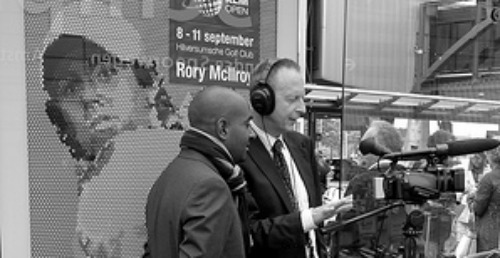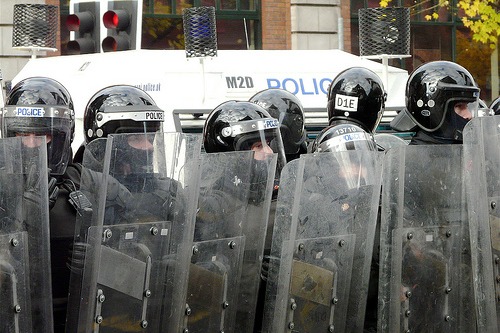At the end of June 2011 the international media returned to Northern Ireland to report on a story very different from those that made their headlines during the 30 year period known euphemistically as the ‘Troubles’. This time the story concerned the quite remarkable success of three local golfers: Graeme McDowell, Rory McIlroy and Darren Clarke. Between them they scooped the British Open and the US Open. Twice.
Their achievement is impressive for a region which has barely any history of successful sportsmen. Rory McIlroy, who had snatched the US Open from the Americans just one year after his fellow-countryman Graeme McDowell had pulled the same trick, made particularly good copy, being a fresh faced, curly-headed Irish lad with a natural easy charm.
"The week when Britain and Ireland grew up"
The elections which followed were conducted in reasonable good humour and with the confidence that this parliament will also serve it its full term. It was in the light of such success that the British monarch, Queen Elizabeth, chose to make her first ever visit to Dublin. The visit, seen to be of huge symbolic importance, was an unqualified success. In the briefings before it began the Department of Foreign Affairs said that 1,200 journalists and 120 photographers had been given accreditation. Towards the end of the four day stay, they were asking historians to bring the additional depth of perspective the occasion seemed to demand. The visit was seen not just as the ceremonial moment could act as the full stop to mark the end of the Northern Ireland peace process, but as the symbolic end of 800 years of enmity between Britain and Ireland. The respected Irish Times columnist Fintan O’Toole headed an article on 22 May 'The Week When Britain and Ireland grew up'.
Why then were they rioting on the streets of Belfast one month later? And which image presents the more significant reality – the Queen shaking hands for the first time with the President of Ireland, or the rioters hurling the petrol bombs? The Northern Ireland peace process in its current phase can be difficult to read. At times it appears to be moving forward, at other times it seems to be going backwards. Most confusingly it can sometimes appear to be doing both at once, like those optical illusion drawings by Escher where the people who are ascending the staircase appear, mysteriously, to be descending at the same time.
In order to get a better fix on the movements of the peace process a new project has been launched, under the title of the Northern Ireland Peace Monitoring Survey. The sponsors of the project are the Joseph Rowntree Foundation, an English charity with a strong tradition of social research, its sister organisation, the Joseph Rowntree Charitable Trust, which has invested heavily in peacebuilding in Northern Ireland, and thirdly, the Community Relations Council which since 1990 has been the key agency in cross-community work in Northern Ireland. The aim of the project is to issue an annual state-of-the-nation style report on the peace process. This will involve creating an indicator framework that will not only track political violence but also social cohesion, equality, and political progress. This type of deep analysis may help provide an understanding of whether the Agreement has delivered a permanent peace, or simply a generational truce in a centuries-old conflict. The first report will be issued in early 2012.
All enquiries to: pnolan@nicrc.org.uk









